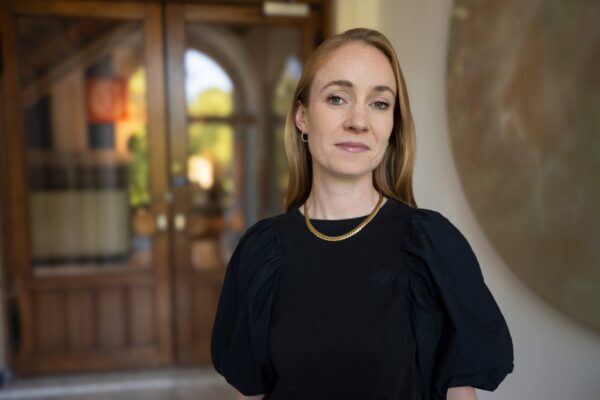In Anglo-American countries, the law is laid down in jurisprudence, which is based on customary law. This is the case in countries such as America, the United Kingdom and Australia. In practice, this different approach can cause problems in divorce cases involving both legal systems.
Applicable law
Dutch law does not necessarily apply to divorces taking place in the Netherlands. In some cases, depending on the issue involved, foreign law has to be applied. The law applicable to maintenance may differ from the law applicable to the settlement of assets. This is complicated enough in itself, but things get even trickier when Dutch law (or the law of another European country) applies to maintenance arrangements and English law (or the law of a common law country) applies to the settlement of assets, or vice versa.
Dutch law
In the Netherlands, maintenance covers income, compensation for loss of earning capacity during the marriage, and a monthly payment to enable the former spouse to maintain the same standard of living. The needs of the person entitled to maintenance, based on their financial circumstances during the marriage, are the point of departure. The financial settlement is a separate matter, as this is concerned solely with assets. Assets are settled on the basis of the pre- or post-nuptial agreement, or divided 50/50 if the former spouses were married in community of property. The income component is disregarded. Maintenance and assets are two separate issues.
English law
In England, maintenance and assets are lumped together. If the former spouses cannot reach agreement between themselves, the court determines what it considers to be a reasonable lump sum which one spouse must pay to the other. In fact, the court is guided solely by the yardsticks of reasonableness and fairness. In addition to the lump sum, monthly maintenance must sometimes also be paid. Sometimes, as well as paying the ex-spouse a lump sum to buy him or her out, the higher earning partner is also required to transfer ownership of a house to the former spouse. This is known as the reallocation of assets and is not permitted in the Netherlands. When determining how assets are to be divided up, factors including each spouse’s earning capacity, the needs of the person entitled to maintenance and the financial circumstances during the marriage are taken into account. In short, when assets are divided up, income components are taken into account which are disregarded in the Netherlands and instead are considered when determining the amount of the partner’s maintenance.
Problem and solution
Because maintenance and assets are considered part of the same pot in English law but are dealt with separately in the Netherlands, it is, in reality, impossible to apply both English and Dutch law to a divorce. There is no “one size fits all” solution for all these scenarios, so a tailor-made approach is called for. GMW can offer you just that.
If you have further questions, don’t hesitate to contact me.

